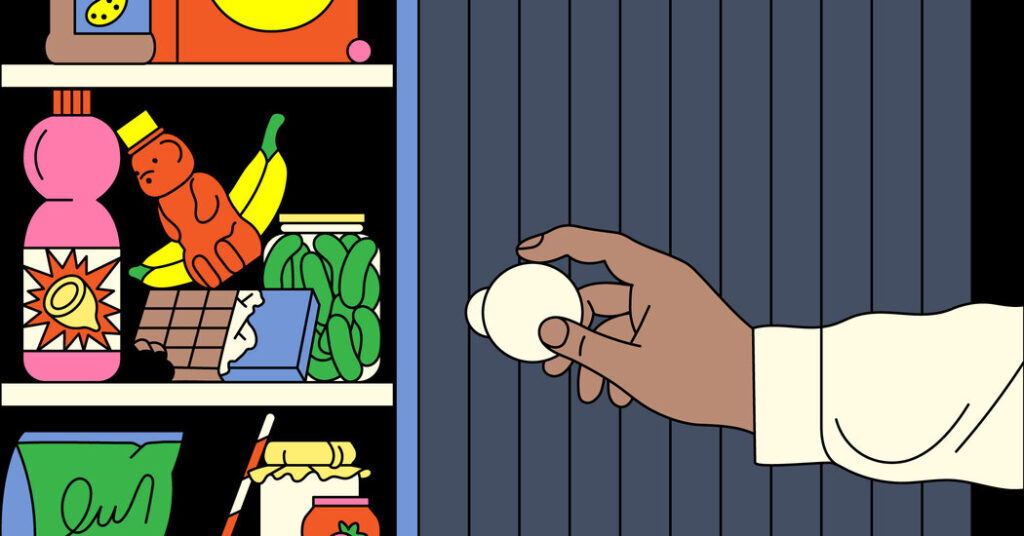Binge eating disorder is the most common eating disorder in the United States. Exact numbers vary, but according to the National Institute of Mental Health, nearly 3 percent of the U.S. population has had binge eating disorder at some point in their lives, more than double the reported numbers for bulimia nervosa and anorexia. Yet, the disorder is under-discussed and underrecognized by both the general public and those in the medical field, partly because many don’t know about the diagnosis or its potential severity.
Often, people will exhibit symptoms for decades before receiving a diagnosis, said Cynthia Bulik, the founding director of the University of North Carolina’s Center of Excellence for Eating Disorders. “For so long, they’ve been told things like ‘Oh, this is just emotional eating’ or ‘You’re out of control’ or ‘It’s because you have no willpower’ or ‘Gluttony’s a sin,’ or whatever these things are that people explain it away, without realizing that they have a treatable condition,” she said.
What is binge eating disorder?
Binge eating disorder is a relative newcomer in the world of diagnosable mental health conditions; it entered the Diagnostic and Statistical Manual of Mental Disorders, which clinicians and researchers use to classify mental health conditions, 10 years ago this month. At the time, the diagnosis was fairly controversial, said Dr. B. Timothy Walsh, who led a group that recommended changes to existing criteria for eating disorders and proposed adding new ones to that edition of the D.S.M. Some thought that it was “pathologizing normality,” he said, and did not understand how it was different from ordinary overeating.
But the behaviors of binge eating disorder are distinct, he said. A person with the condition has, on average, at least one binge episode per week for three months or longer, during which the person eats an objectively large amount of food in a short period of time — three or more main courses in one sitting, for example — and, crucially, feels a loss of control and struggles to stop eating. “This isn’t like, ‘I had an extra piece of pizza that I wish I didn’t eat.’ This is, ‘I ate several pieces, several pizzas, in this discrete amount of time,’” said Dr. Holly Peek, the assistant medical director of the Klarman Eating Disorders Center at McLean Hospital in Massachusetts.
People with binge eating disorder also tend to eat more quickly than usual during an episode; many also eat in secret and grapple with guilt, said Kelly Allison, the director of the Center for Weight and Eating Disorders at the University of Pennsylvania.

